Fever: 10 Ways to Reduce from a Cold or Flu
Fever is a common symptom of colds and flu, often making us feel miserable and fatigued. While fever itself is a natural response of the body to infections, it’s essential …
Chest pain is a symptom that should never be taken lightly, as it can be indicative of serious conditions such as a heart attack (myocardial infarction). Heart attacks occur when blood flow to a part of the heart is blocked, usually by a blood clot. This can lead to damage or destruction of the heart muscle. Chest pain associated with a heart attack is often described as a sensation of tightness, pressure, or squeezing and can radiate to the jaw, neck, shoulders, back, or arms. Other symptoms might include shortness of breath, sweating, dizziness, nausea, or lightheadedness.
While not all chest pain signifies a heart attack, it’s essential to err on the side of caution. If you or someone you know experiences chest pain, especially if accompanied by any of the other symptoms mentioned, it is imperative to seek emergency medical attention immediately and head to the ER. Early intervention can significantly improve outcomes and reduce damage to the heart muscle.

Fever is a common symptom of colds and flu, often making us feel miserable and fatigued. While fever itself is a natural response of the body to infections, it’s essential …
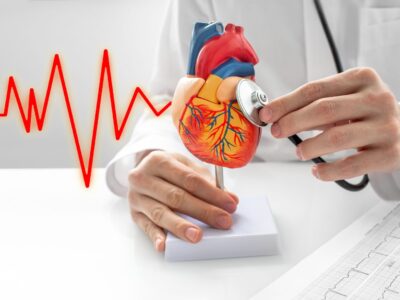
Tachycardia is a medical condition characterized by a rapid heart rate, exceeding the normal resting rate. While the heart is designed to beat faster during physical activity or stress, persistent …

Pneumonia, an infection that inflames the air sacs in the lungs, is a common health concern in the USA, impacting thousands yearly. While anyone can contract this illness, certain groups, …
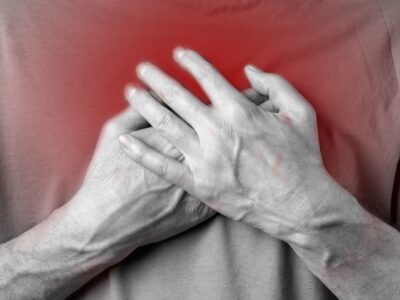
Angina, or Angina Pectoris, is chest pain or discomfort that recurs. Angina can be a symptom of coronary artery disease (CAD). This occurs when arteries that carry blood to your …
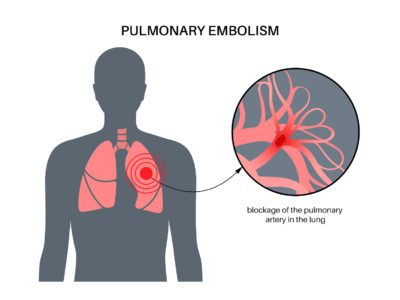
Pulmonary embolism is a serious yet treatable medical condition that occurs when a blood clot forms in the lungs’ blood vessels. It is essential to recognize the signs and symptoms …

Chest pain can be a frightening experience. Many people wonder when chest pain is an emergency and requires immediate medical attention. The answer to this question can vary, as chest …

Bad cholesterol is bad news – it can lead to heart disease, stroke, atherosclerosis, and other cardiovascular problems. Bad cholesterol is known as Low-Density Lipoprotein Cholesterol or LDL Cholesterol. It …

2020 is over, but the adverse effects of the COVID-19 virus aren’t. It’s hitting fierce and fast in the United States. CNN reported more than 1 million new cases (reaching a total …
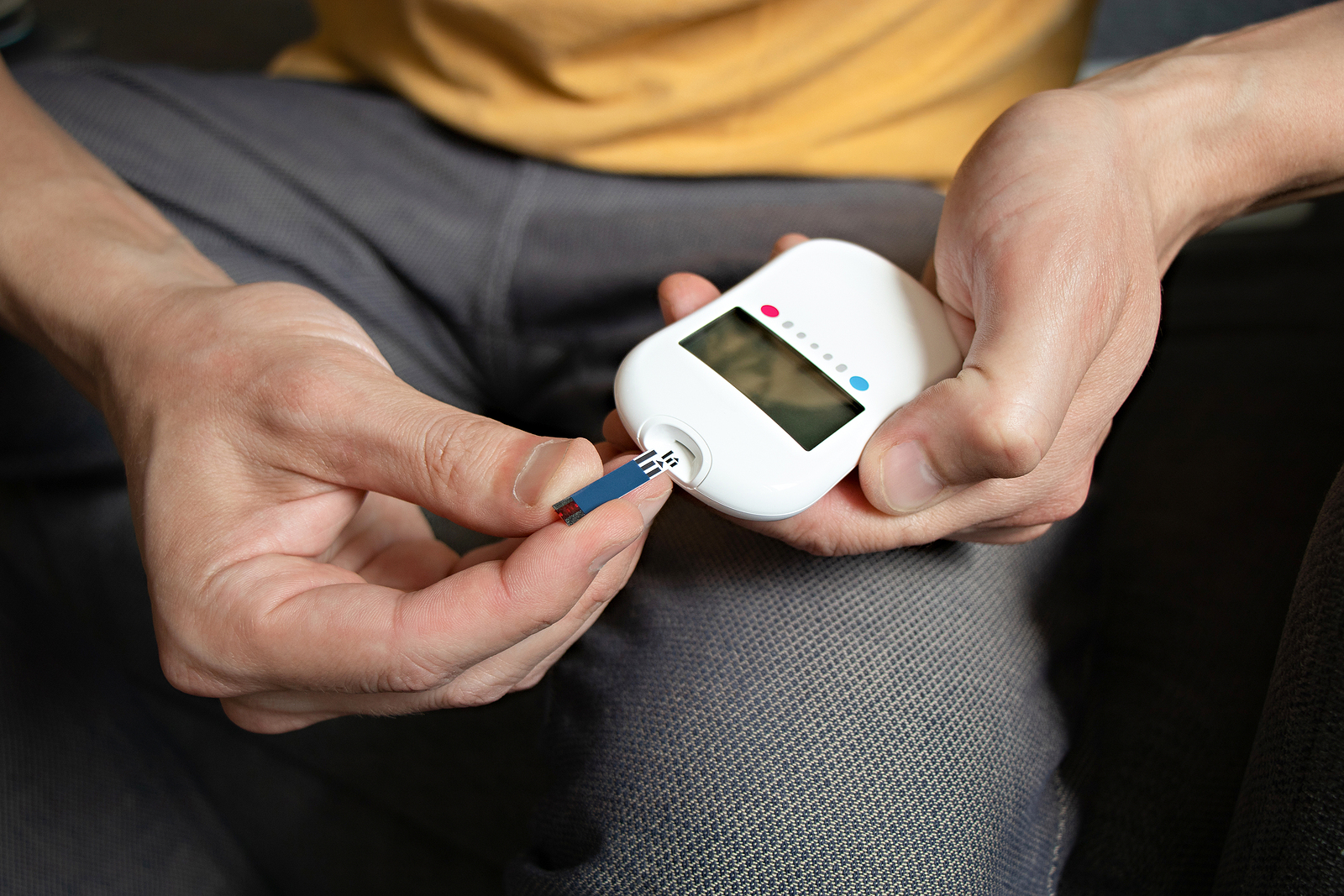
Diabetes, commonly called a silent killer, is related to blood sugar levels in the body. The warning signs can be so mild that you may not notice them. So, how …

Many people who catch COVID-19 — maybe as many as 40%, by some estimates — never develop noticeable symptoms. They don’t run a fever. They don’t cough or feel short …

The COVID-19 has made people rethink their choices on comingling with others — how often they go to the grocery store, parks, schools – any public spaces. However, one thing …
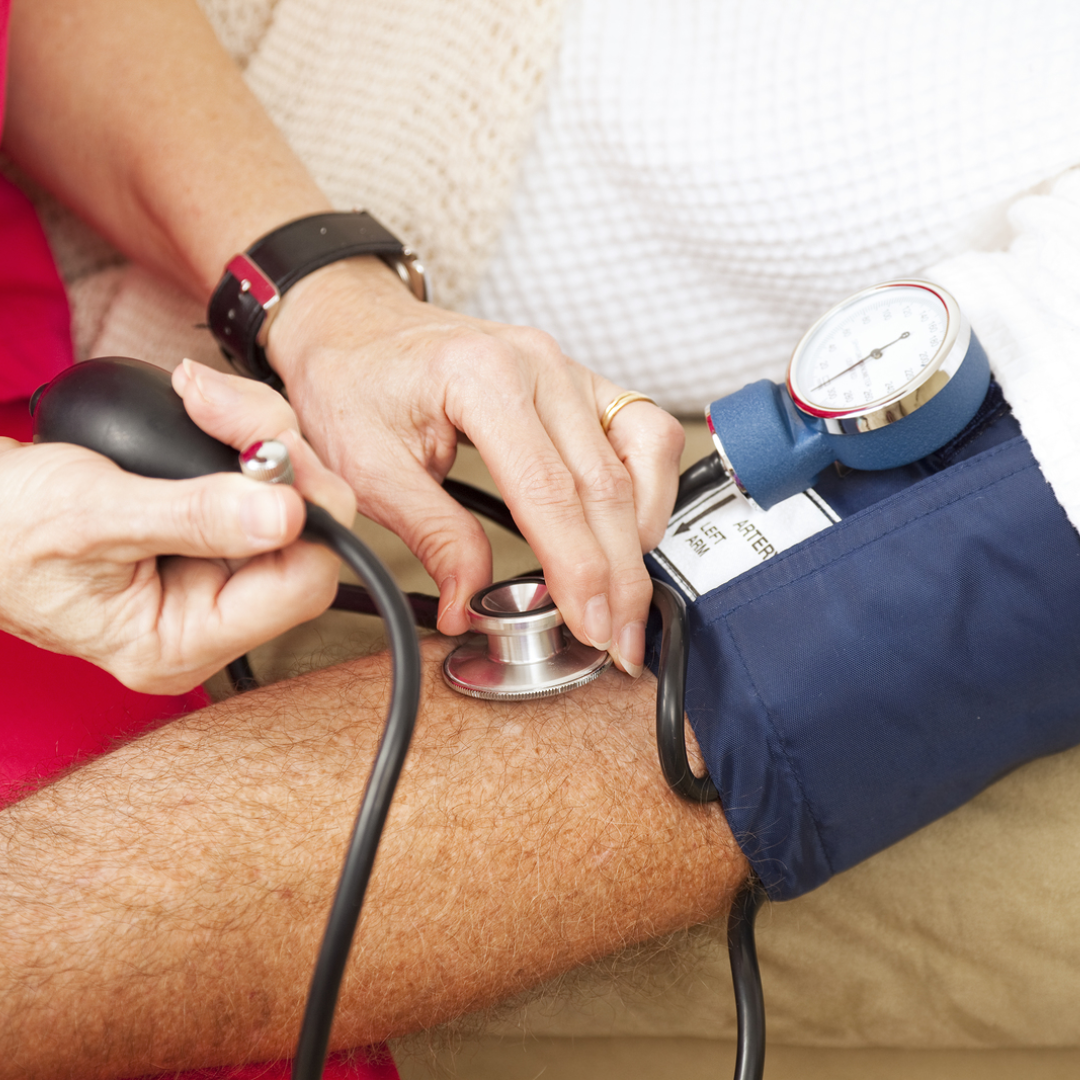
High blood pressure increases the risk of heart disease and stroke, two leading causes of death for Americans. Tens of millions of adults in the United States have high blood …
